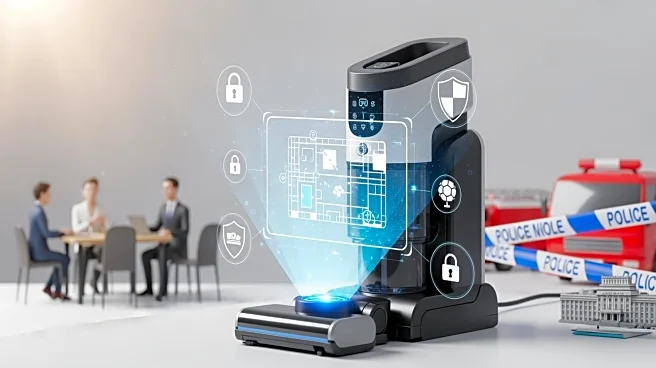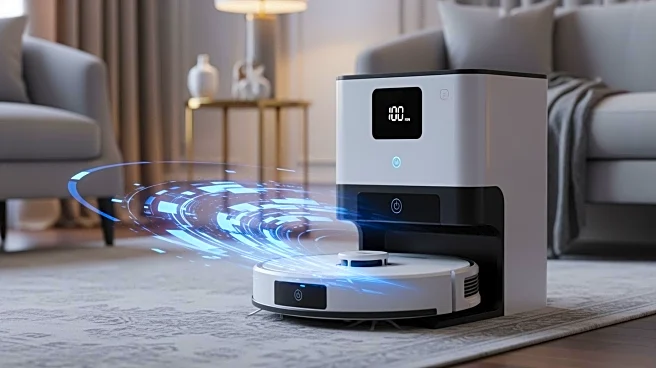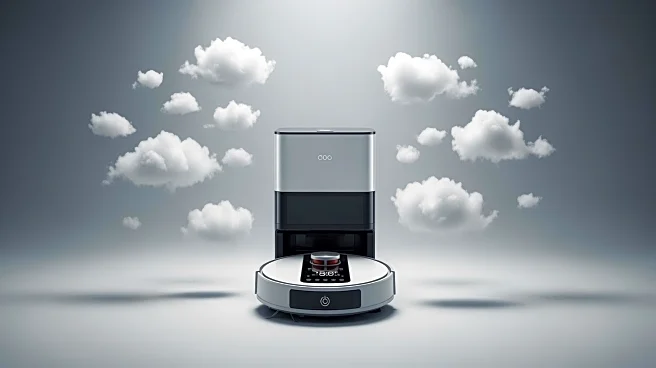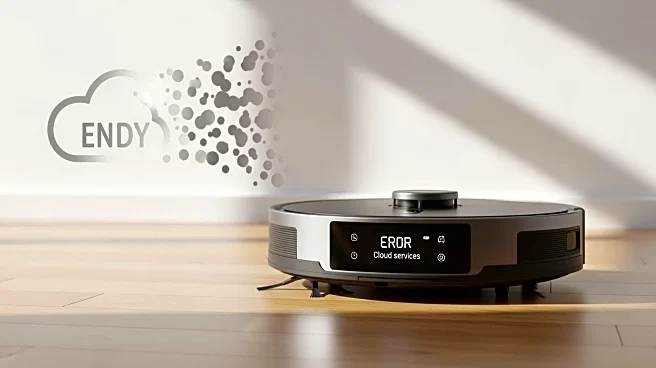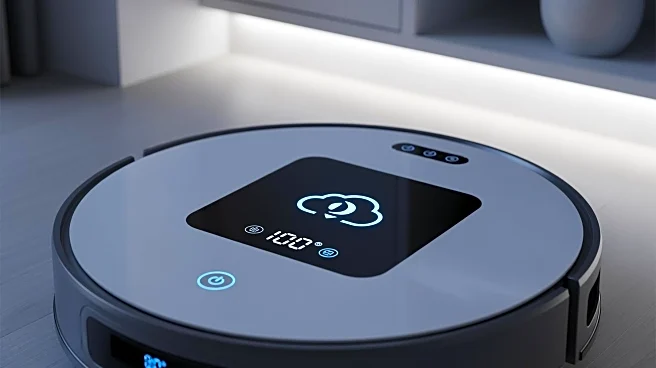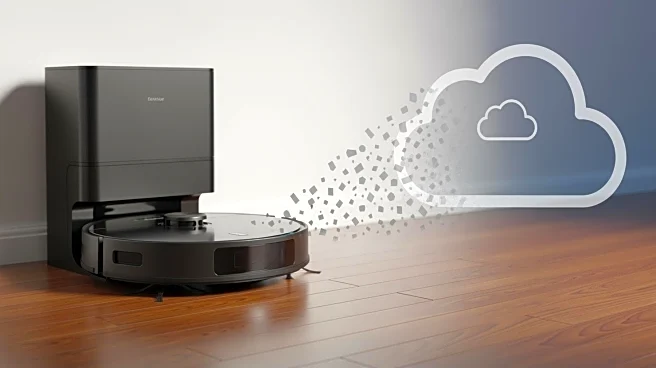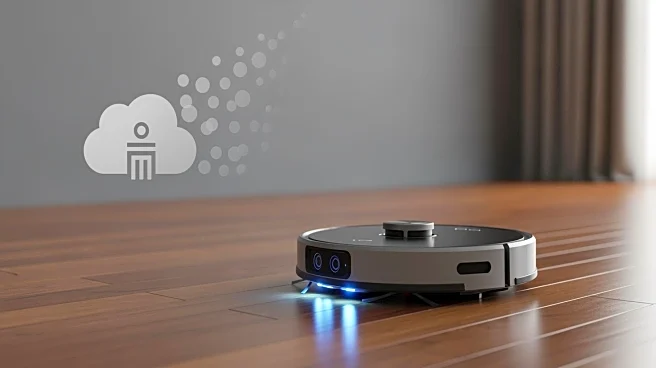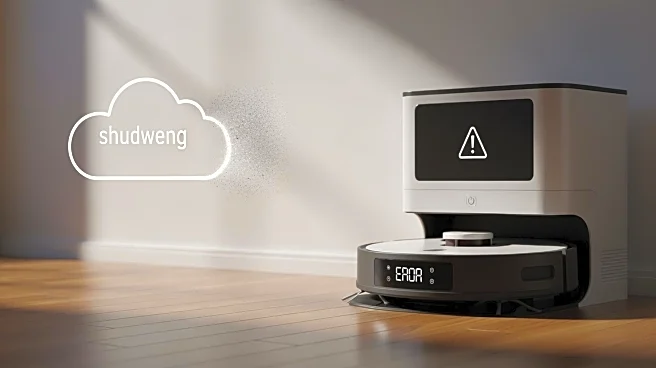What's Happening?
Harishankar Narayanan, a computer programmer, discovered that his smart vacuum was transmitting data about his home to its manufacturer without consent. After monitoring the device's network traffic, Narayanan found
it was sending logs and telemetry data to servers abroad. Upon blocking the data transmission, the vacuum stopped functioning, leading to a series of repair attempts. Narayanan eventually reverse-engineered the device, uncovering that it was using Google Cartographer to create a 3D map of his home, which was being sent back to the company.
Why It's Important?
This incident highlights significant privacy concerns associated with smart devices, which often collect and transmit data without user consent. The ability of companies to remotely disable devices raises questions about consumer rights and the extent of control manufacturers have over their products. As smart home technology becomes more prevalent, the need for robust privacy protections and transparent data practices becomes increasingly critical. Consumers may face hidden costs and risks associated with data collection, emphasizing the importance of informed purchasing decisions.
Beyond the Headlines
The case underscores the broader implications of data privacy in the age of smart technology. It raises ethical questions about the balance between innovation and consumer protection, as well as the potential for misuse of personal data. The incident serves as a reminder of the need for regulatory frameworks to ensure that smart devices operate transparently and securely, protecting users from unauthorized data collection and potential exploitation.
